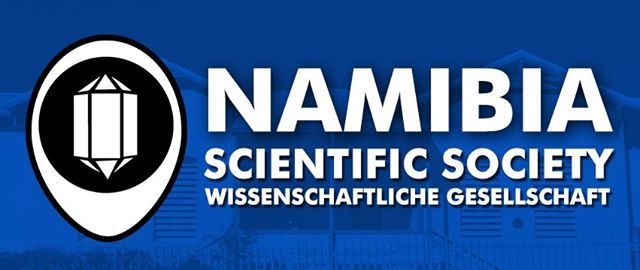
Scientific Society to host talk on water security in the country

The Namibia Scientific Society will be host a public talk on, ‘Water Security in Namibia-Preparing for Access to the Okavango River,’ by Piet Heyns from Konrad Adenauer Stiftung (KAS), on 24 September at 19:30.
The Society said the presentation will focus on the development of the Eastern National Water Carrier (ENWC) and the evolution of the process to enable Namibia to get access to the water resources of the Okavango without compromising the interests of the other basin states and the integrity of the ecosystem.
They explained that Namibia is slowly reaching a point where better access to more reliable water resources became critical to sustain future development and in the early 1970s the Department of Water Affairs made an assessment of the expected development and estimated water demand in the country over the following 30 years.
“This resulted in the adoption of a Mater Water Plan in 1974, to be executed over time as the demand increased and funding could be made available for infrastructure development, which was done by using the available information about the know water resources and anticipated development possibilities at that time,” they said.
According to the Society the water scheme that would supply water to the central area of the country was called the Eastern National Water Carrier and would be systematically implemented in four phases, after each phase had been completed an additional water sources would have been linked to the carrier.
“Those sources would respectively be the proposed Swakoppoort Dam, the Omatako Dam, the Karst Aquifers and finally the perennial Okavango River and the dams and some of the aquifers were constructed and incorporated over time, except for the link to the Okavango, which had to be completed by 1988,” they added.
They said fortunately, the need for the last link could be delayed over time due to the possibilities for more efficient use of the established mix of water sources that became available because innovations could be implemented that were not known or possible when the ENWC was conceived.
“Therefore these possibilities are the inter basin transfer of water between the dams to save on evaporation, improved domestic waste water reclamation, water banking in the Windheok aquifer, water demand management and the conjunctive use of surface and ground water sources,” emphasised the Society.
“After Namibia became independent in 1990 one of the first things that was done by the new government was to review the implementation of the ENWC to determine if the development objective were still on the right track and it was realized by the new State that it had to initiate a process to secure access to an equitable and reasonable share in the flow of the Okavango river because the water is shared between Angola, Botswana and Namibia,” the Society said.
They said this process commenced in 1990 and in 1991 the negotiations between the parties led to an agreement in 1994 between the basin states to establish a water commission that would undertake the necessary studies to jointly advise the respective government about the development potential land water requirements of each state to enable the basin states to agree about the share of the water sources each state would be entitle to.










































